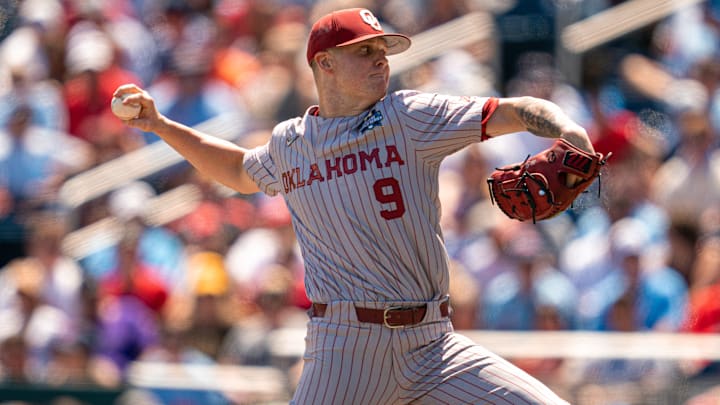Cubs Double-A Pitcher of the First Half: LHP Jordan Wicks (23 Years Old)
13 G, 58.1 IP, 3.39 ERA, 69 K, 1.17 WHIP, .227 BAA
Wicks continues the trend of every pitcher on this list earning a promotion as he pitched his last two games with the AAA Iowa Cubs. He avoided the massive culture shift from earlier this season when the Cubs were seemingly attempting to solve their major league bullpen problems by fast-tracking some of their starting pitching prospects into bullpen roles, the fruits of which can be seen as Daniel Palencia is now in the major league pen.
The way he avoided that was by being exceptional all season. This should come as no surprise but in the two games he’s played since getting the call to Iowa he hasn’t been as impressive. His strikeout numbers are down, and his walks are up which has led to an increase in the runs he’s allowed and a decrease in the distance he’s been able to go in games.
However, if you look at the larger sample size of the 13 games he played in Tennessee you’ll see a player that has absolutely earned the promotion and a player that Cubs fans can dream of a little bit in hopes that they will have a deep stable of arms to pull from next season on their way to the playoffs.
Wicks isn’t the power pitcher that Brown or even the other two guys on this list are. He gets strikeouts, but he relies on soft contact in a way that’s more similar to a Justin Steele/Drew Smyly than Marcus Stroman.
There is room for both of those guys on a major league staff, and it doesn’t make a ton of sense to spend as much money and resources on defense as the Cubs have if they intend to only develop pitchers that strike guys out. If you’re going to spend those resources on defense then you want to have some pitchers that allow hitters to put the ball in play and let your defense do the work.
Wicks doesn’t look like an ace. He doesn’t look like the most overpowering pitcher in the system. That being said, Justin Steele never looked like that either and he’s been one of the best pitchers in the National League for over a year now. There is a world where Wicks is pitching for the Cubs by the end of this season (albeit those odds are inversely related to the Cubs' playoff odds) but a more realistic option is for him to find his way into the rotation sometime next season depending on what the trade deadline and free agency look like for the Cubs this offseason.
